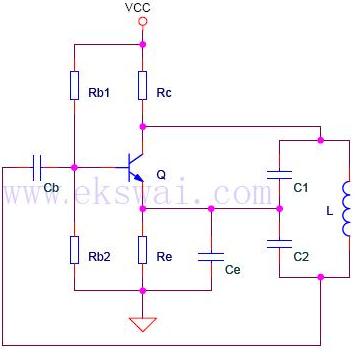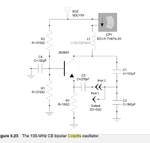baby_1
Advanced Member level 1
Hello i want to design a collpits oscillator circuit with transistor at 100Mhz frequency.i design and config a circuit but it doesn't work more than 3mhz(when i change capacitor in collpits baias).i think it is related to the transistor frequency response.
could you tell me
1-how can chose a transistor for a desire frequency(Ft , ....)?(for small signal)
2-how can calculate the transistor frequency response with the datasheet? without doing experimental work and using a simulation software
3-what is the best book in S , Y parameters design and theory?(i read Rf Circuit design by bowick)
Thanks
could you tell me
1-how can chose a transistor for a desire frequency(Ft , ....)?(for small signal)
2-how can calculate the transistor frequency response with the datasheet? without doing experimental work and using a simulation software
3-what is the best book in S , Y parameters design and theory?(i read Rf Circuit design by bowick)
Thanks
Last edited:

